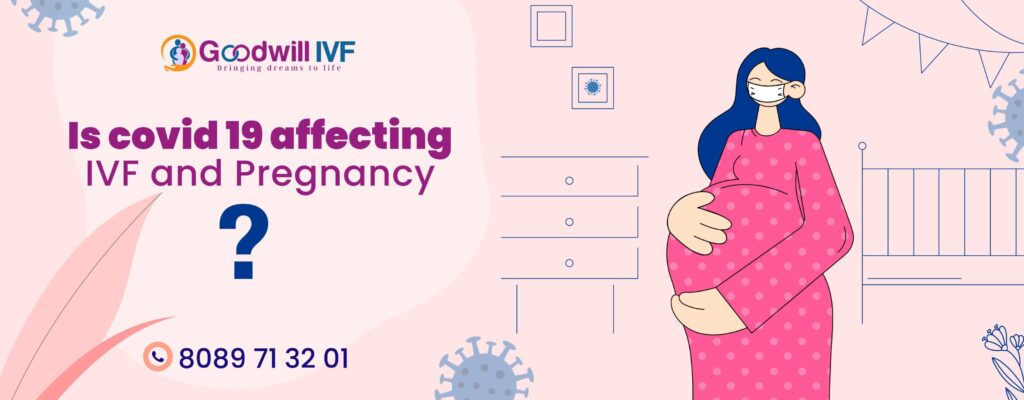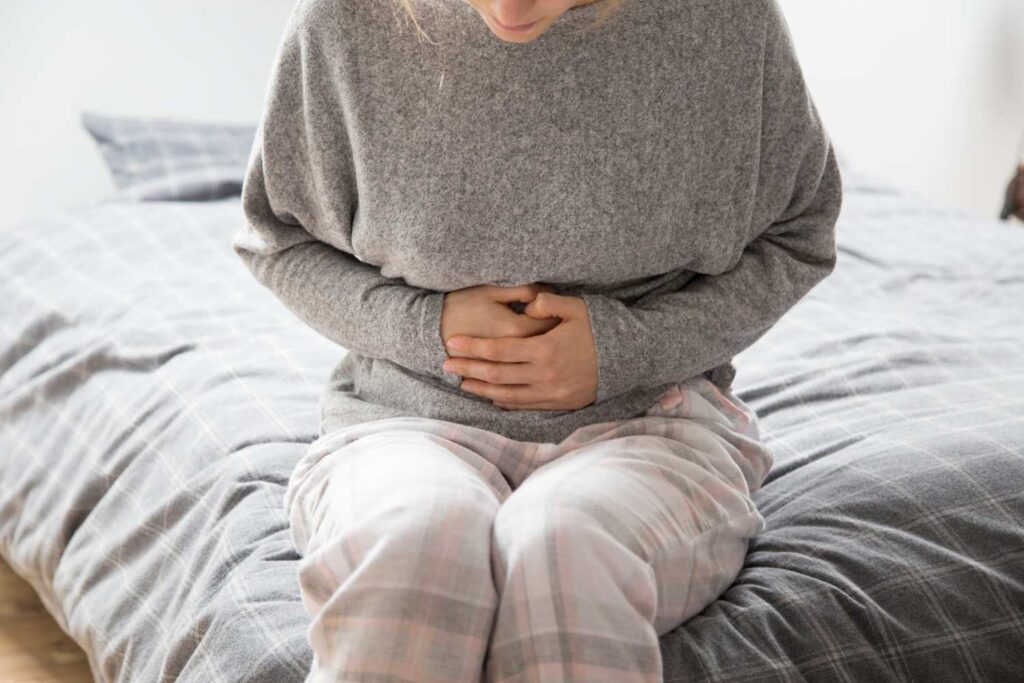Fertility tests are designed to assist women to understand when ovulation is likely to occur for successful family planning. Fertility tests help you track your menstrual cycle so you will know when your ovaries release an egg every month. This is known as the ovulation period. The fertile window is the time around ovulation when a woman is most likely to get pregnant. If you are trying to get pregnant, you should get intimate on fertile days, ideally every day or every other day.
OTC tests can help predict ovulation accurately. Patients using any kind of ovulation tests should first consult their physician about the kind of medications, activities, practices, and conditions that may interact with tests so as to avoid inaccurate results.
Let’s have a sneak peek at some of the widely used fertility tests-
Basal Thermometry
BBT can be tracked using a basal body thermometer which can easily detect even subtle changes in body temperature. An increase in body temperature denotes that ovulation has already occurred.
Few things to note before testing-
- Get 5 or more hours of sleep.
- Check temperature first thing in the morning.
- Moving, speaking, eating and other activities can increase your temperature thus giving inaccurate results.
- Chart body temperature daily in a diary.
Urinary Hormone Tests
When a woman is nearing ovulation, a hormone known as Luteinizing Hormone increases drastically. Urine tests detect increased levels of LH in the urine. A positive result denotes that ovulation is about to happen.
Fertility Microscopes
These microscopes determine the quality of saliva to understand if ovulation has occurred. As saliva patterns change due to estrogen surge, fertility microscopes can give an earlier prediction about ovulation.
Saliva Electrolyte Monitor
This monitor detects electrolyte changes in saliva to predict if ovulation has occurred or not. This method is not very reliable.
Wristwatch Ovulation Prediction Device
The wristwatch device is equipped with a biosensor that detects changes in chloride iron content of the skin. This device is an early predictor of ovulation as it can predict ovulation before 6 days of occurrence.
Few things to consider before testing-
- The watch must be worn for 6 hrs every day, preferably during night time.
- The watch should not be exposed to water.
- If the patient forgets to wear the watch for two days, she might need a new watch.
- A new watch is required for every cycle.
Standard Days Method
The standard days method follows standard rule of which days during the menstrual cycle are most fertile. If your cycle is between 26 days to 32 days long, this method considers 8- 19 as most fertile days .To promote pregnancy, one should get intimate between day 8 and day 19 either every day or every other day. To prevent pregnancy you should avoid having intercourse or follow a barrier method of birth control on these days.
Cervical Mucous Method
This method involves recognizing changes in mucous produced by the cervix. Just before ovulation, the mucous becomes thin and slippery and after ovulation it turns thicker and less noticeable. To promote pregnancy, you should have intercourse every day or every other day when the thin and slippery mucous is visible.
Two Day Method
The two day method is a variation of cervical mucous method. With this method, you check cervical mucous for twice a day. If you notice any mucous today or yesterday, you are most likely to be fertile. To promote pregnancy you should have intercourse on every day or every other day when you notice secretions. To prevent pregnancy you should avoid having intercourse, or use a barrier form of birth control. If there was no cervical mucous today and yesterday, pregnancy is less likely to occur.
Sympothermal Method
Sympothermal Method is a combination of methods. The two most commonly used methods are the BBT method and the cervical mucous method. An electronic hormonal fertility monitor detects hormones in urine to detect fertile days.
You can become pregnant if you have intercourse anywhere from 5 days before ovulation until one day after ovulation. Your chance of pregnancy is highest when live sperm are present in the fallopian tubes when ovulation occurs. These methods when done in the desired manner can achieve or prevent pregnancy thus assisting in successful family planning. All these methods are completely safe to follow and do not come with any sort of side effects.
If you are facing any sort of infertility issues, an Infertility treatment center lets you take that first step towards parenthood. Visit Goodwill IVF treatment center and achieve your dream of parenthood with help of our latest technology and techniques.


